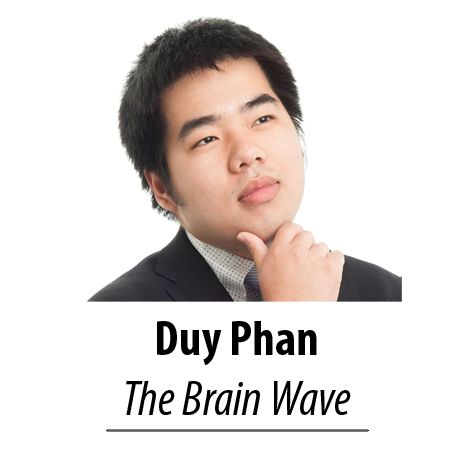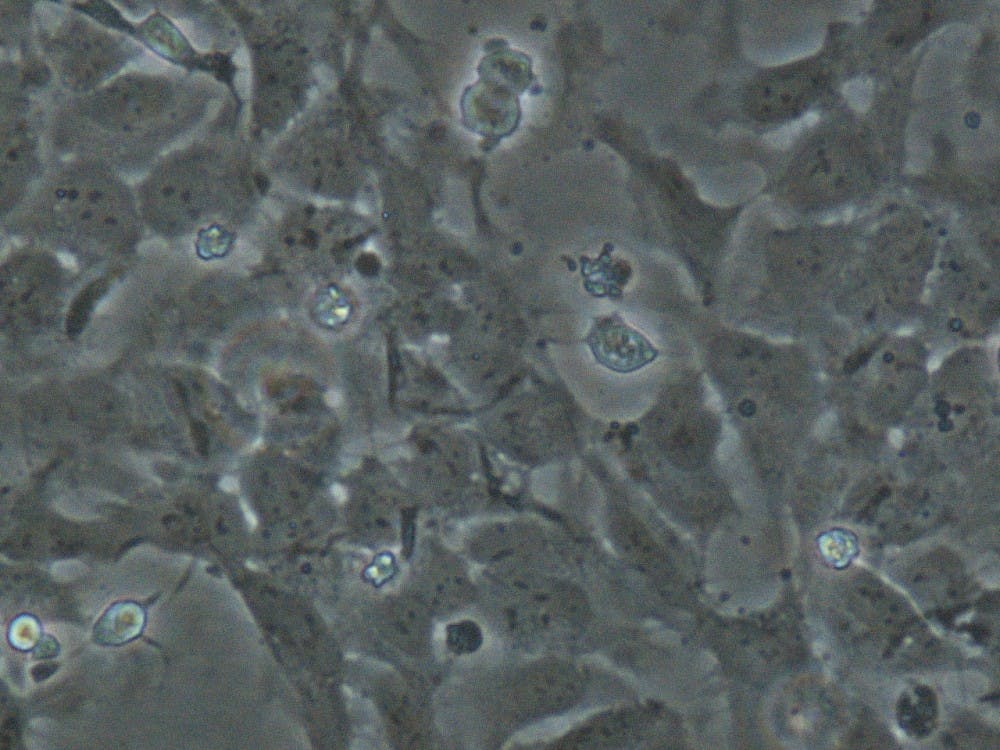
My fascination with these neural stem cells has prompted several of my colleagues to wonder why I am so narrowly fixated on this single topic, even though there are so many other things I can study about the brain. As a result, I am writing this Brain Wave to explain the importance of adult neural stem cells both in terms of fundamental brain function and in terms of their therapeutic utility in treating nervous system disorders.
First of all, adult neurogenesis is a relatively new field. During the early development of the nervous system, neurogenesis occurs abundantly. Yet the idea that the adult brain can also give rise to newborn neurons was thought to be ludicrous for almost a century. This perception gradually began to change through evidence from animal models and eventually humans when Fred Gage and his colleagues demonstrated the occurrence of adult neurogenesis in the 1990s.
It is now widely accepted that adult neurogenesis occurs in two distinct regions of the brain where neural stem cells exist to give rise to newborn neurons. In the mature brain, neurogenesis recapitulates many of the same steps observed in developmental neurogenesis including the proliferation of stem cells, migration of neuroprogenitors and differentiation into neurons.
Although adult neurogenesis is considered a relatively rare event and is nowhere near as robust as developmental neurogenesis, evidence from animal models using radiation and genetic methods suggests that it plays significant roles in cognition and mood. In particular adult neural stem cells give rise to neurons in the hippocampus, a region that plays a role in learning and memory. By genetically engineering mice to have more hippocampal neurogenesis than normal, Amar Sahay and his colleagues found that increased neurogenesis improves a type of learning function called pattern separation, which allows the animal to understand similar information more distinctly.
Moreover, hippocampal neurogenesis also seems to play a role in emotional regulation. A vast amount of scientific literature shows that decreased rates of neurogenesis are correlated with depression and that the behavioral benefit of antidepressants depends on increasing neurogenesis. It is currently hypothesized that adult neurogenesis participates in regulating the brain’s emotional response against stressful conditions. Therefore, individuals who are born with lower levels of neurogenesis might be at greater risk for developing depression. How neurogenesis participates in other aspects of emotional processing remains unknown.
In addition to participating in normal aspects of brain function, adult neural stem cells have major implications in the treatment of traumatic brain injury and neurodegenerative disorders.
For the majority of the adult central nervous system, there is a significant failure in endogenous regeneration. The environment in the adult brain and spinal cord seems to inhibit neural regeneration, and damage to the central nervous system is consequently often permanent. Given that this environment that is inhibitory to regeneration, it is remarkable that adult neural stem cells are still able to exist in two distinct regions of the brain, the hippocampus (as previously mentioned) and the lateral ventricles.
Intense research in the field of stem cell biology is currently dedicated to understanding how these two regions are able to support adult neurogenesis. In essence, endogenous adult neural stem cells could lead to a major paradigm shift in neural regenerative medicine. Understanding the regulatory factors of neurogenesis and what makes these two brain regions special will allow us to develop therapies that promote neural regeneration across the brain, even in brain regions that do not have neural stem cells or support regeneration.
In fact, we are already making promising progress toward such a strategy in Parkinson’s disease, in which clinical trials with humans are being conducted to investigate the effectiveness of a drug that promotes neurogenesis. As a result, neural stem cells could be a novel therapy that can hold the key to curing devastating neurological diseases and restoring function in people with traumatic injuries.





